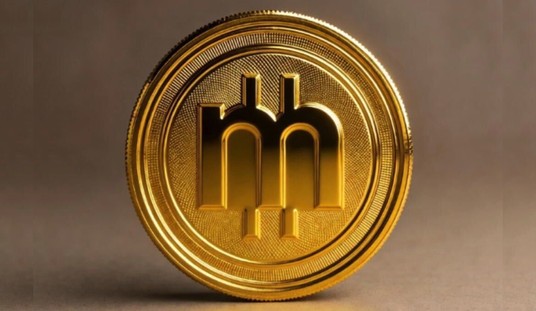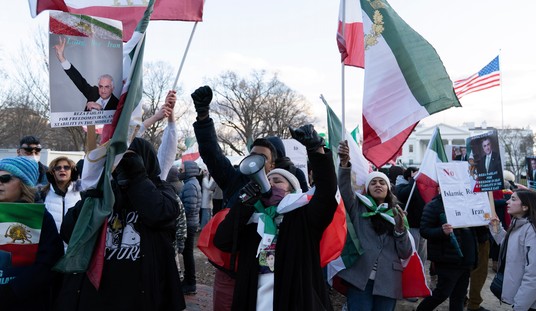I don’t drink; suffice it to say it wouldn’t be a good idea. That said, I know a little about a few adult beverages, one of them being Jack Daniel’s. Founded in 1866 by one Jasper Newton Daniel, the Lynchburg, Tennessee distillery has (except for the Prohibition and World War Two years) produced whiskey both favored by connoisseurs and guzzled by some of society’s less popular strata. If ever there was a drink associated with the redneck stereotype, it’s Jack Daniel’s.
Did you know its existence stems in large part from a black man?
Flashback to the late 1850s, when Daniel, leaving a messy home situation, came to live with a pastor named Dan Call and his family. While working on the Call family farm, Daniel discovered the good reverend had a hobby looked upon with little favor by his family. Namely, making whiskey. Daniel grew infatuated with the process. The Jack Daniel’s website picks up the story:
Now this was back in the days prior to the Civil War and Emancipation and the Call still was under the watch and care of an enslaved man named Nathan “Nearest” Green. The Reverend Call and his distiller, Nearest, taught Jack how to make whiskey. Most of that mentoring, however, fell to Nearest who worked side by side with Jack and taught the young distiller what would become his life’s passion.
Next came the Civil War and the Emancipation Proclamation, which, much to the Proud family’s annoyance, was the actual freeing of enslaved people in the United States. Once the war was over, Reverend Call’s congregation and family made it known that he had a choice: the still or them. He chose the latter and sold Daniel the still.
There is some fuzziness on when Jack Daniel’s actually started up. The company’s website says 1866, as mentioned above; others say 1875. Since the others, in this case, consist of the New York Times, we’ll go with the company’s timeline. Regardless of which year is correct, it’s still the South, still the Reconstruction era, and still anything other than a time when southern blacks were living carefree. The last thing you’d likely see is blacks and whites working together, correct?
Not if you’re Jack Daniel, who hired Nearest Green as his master distiller.
Unsurprisingly, little documentation of Green’s life exists. There are no known photographs of him. The thought is Green was born sometime in the 1820s. How he became Reverend Call’s slave is unknown. Green apparently died sometime during the 1880s. According to U.S. Census records, he and his wife had eleven children. We do know at least some of Green’s sons and grandsons worked for Daniels. Drawing again from the Jack Daniel’s website:
There is an interesting picture that hangs in Mr. Jack Daniel’s old office. It’s a picture of Mr. Jack taken with his Distillery crew. What makes the portrait so intriguing is the gentleman sitting immediately to Jack’s right, an African-American worker. Given the time period when this photograph was taken – around the 1900s – and the racial divide that permeated the American South, it’s intriguing to see an African-American man seated beside the proprietor of a business. But their proximity to one another in this photo underscores the remarkable relationship that is at the heart of how Jack came to make whiskey.
The man in the photograph above, we have reason to believe, is George Green. Along with being Jack’s friend, George was also the son of Nathan “Nearest” Green.
In an age where everything is labeled raaaaacist, isn’t it refreshing to see a company that’s anything but woke reveal in its history how well over a century ago it thumbed its nose at actual racism? And in the South, no less. So tonight, or whatever time of day you prefer, next time you reach for that familiar square bottle and pour one out, raise a toast to Nearest Green. You know Jack Daniel did.















Join the conversation as a VIP Member